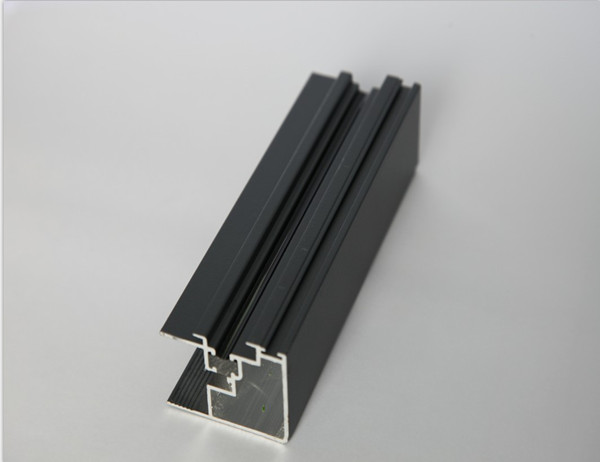The Ultimate Guide to Hydraulic Decoiler Machines: Unraveling the Intricacies of Coil Handling
Manufactured metal components are ubiquitous in the modern world, from automotive parts to construction materials. At the heart of many metalworking processes lies the hydraulic decoiler machine, a vital equipment that unwinds coiled metal strips with precision and efficiency. To demystify the intricacies of this essential machinery, we present The Ultimate Guide to Hydraulic Decoiler Machines.
A hydraulic decoiler machine comprises several key components:
Base frame: Provides a stable foundation for the machine.
Payoff reel: Holds the coiled metal strip and unwinds it.
Pinch rolls: Grip the metal strip and control its tension.
Hydraulic system: Provides the power to operate the payoff reel and pinch rolls.
Through hydraulic pressure, the takeoff reel withdraws the metal strip while the pinch rolls maintain the desired tension, ensuring smooth and controlled feeding into the downstream process.
Hydraulic decoilers come in various types based on application requirements:
Stationary decoilers: Fixed in place, designed for continuous or intermittent operation.
Mobile decoilers: Can be moved around the workshop, providing flexibility for multiple workstations.
Heavy-duty decoilers: Handle large metal coils weighing several tons.
Light-duty decoilers: Suitable for smaller coils and lower tension requirements.
Hydraulic decoiler machines offer a range of features and benefits:
Variable speed control: Allows precise adjustment of the unwinding speed.
Tension control: Ensures consistent tension throughout the unwinding process.
Automatic coil loading: Reduces downtime and improves safety.
Durable construction: Designed to withstand demanding industrial environments.
Hydraulic decoilers find applications across various industries, including:
Metal stamping: Unwinding coils for stamping operations.
Coil processing: Slitting, blanking, and forming metal coils.
Automotive: Manufacturing car panels and other components.
Construction: Producing sheet metal for roofing and cladding.
HVAC: Fabricating ductwork and ventilation systems.
Regular maintenance is crucial for optimal performance of hydraulic decoiler machines:
Lubrication: Proper lubrication reduces wear and tear.
Hydraulic fluid monitoring: Check and replace the fluid as needed.
Component inspection: Regularly inspect the payoff reel, pinch rolls, and hydraulic system for any damage or wear.
Common troubleshooting: Address common issues such as tension fluctuations, coil jamming, and hydraulic leaks.
The Ultimate Guide to Hydraulic Decoiler Machines provides a comprehensive overview of these essential equipment, empowering engineers and technicians with the knowledge to select, operate, and maintain them effectively. By understanding the intricate workings of hydraulic decoilers, industries can optimize their coil handling processes, improve production efficiency, and ensure the safe and reliable operation of their machinery.




